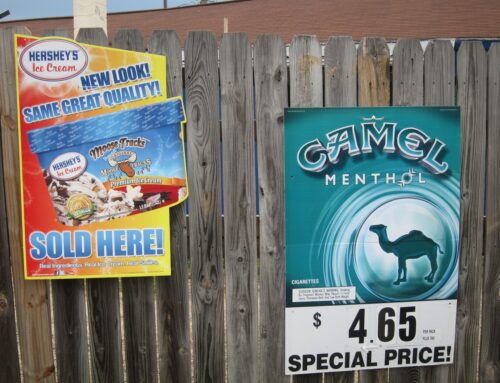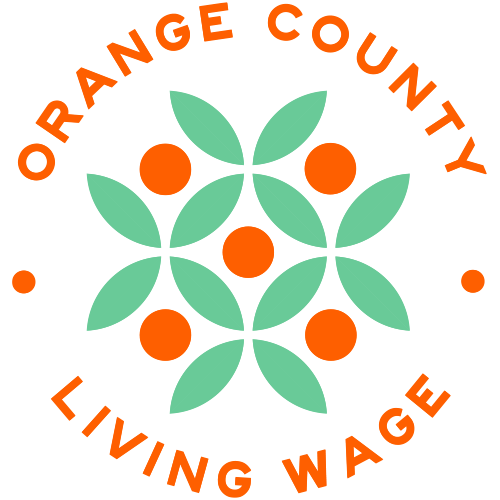For years, the tobacco industry has come under fire for targeting their marketing to specific groups, such as youth and people of color. We don’t often talk enough about members of the LGBTQ+ community being targeted by the tobacco and alcohol industries. These industry strategies contribute to health disparities experienced by LGBTQ+ individuals and highlight the need for those in public health to make sure that we are addressing these issues.
Studies show that members of the LGBTQ+ communities have higher rates of tobacco use and alcohol abuse. A CDC report found that 20.5% of lesbian, gay, and bisexual adults smoked, compared to 15.3% of heterosexual adults. Another study found that people who identified as lesbian or gay were more than twice as likely to have a “severe” alcohol or tobacco use disorder. The disproportionate use of alcohol and tobacco is a complex topic, and may be linked to the stress of stigma and discrimination as well as social norms from from the days when bars and clubs were the only safe places where LGBTQ+ individuals could gather. However, we also know that the tobacco and alcohol industries spend billions marketing to this community, which influences behavior.
In the LGBTQ+ community, gay bars have historically been a safe social environment. Alcohol sales drove interest in this community as a new market in the 1980s. Alcohol brands such as Jim Beam bourbon whisky, Smirnoff and Absolut vodka were the first mainstream brands to target advertising directly at gay consumers in gay publications. Absolut has been marketing to the LGBTQ+ community for over 30 years by sponsoring events in bars, donating to charities and causes, designing iconic rainbow bottles, and sponsoring the TV series, “RuPaul’s Drag Race.” Pride festivals are also hot spots: a study found very few events have tobacco-free or smoke-free policies and almost half of these events show evidence of alcohol industry marketing.
As an example of targeted marketing of tobacco products, we can look at strategies the industry uses within LGBTQ+ communities, such as advertising in gay press publications, participating in advocacy efforts for LGBTQ+ communities, corporate giving, and using strategic ad campaigns to appeal to LGBTQ+ consumers. According to internal industry documents from the mid-90s, R.J. Reynolds created a marketing strategy called “Project SCUM” (Sub-Culture Urban Marketing) to boost cigarette sales by targeting young gay men and homeless individuals with advertisements, displays, and low prices placed strategically in communities and stores.
While the industry may have learned to be less explicit with their targeted efforts today, we still see campaigns that feature messaging of freedom and choice that mirror language used by LGBTQ+ activists. In 2001, a Lucky Strike spread featured a lesbian couple along with the phrase “I Choose.” And in 2005, American Spirit—a Reynolds subsidiary—launched an ad listing various “freedoms,” including “freedom to choose” and “freedom to marry” along with “freedom to inhale.” In 2015, an advertisement for e-cigarette brand blu featured a drag queen.
In these massive industries with billions of dollars worth of advertising budgets, we know that these strategies are no accident. There’s no denying that these efforts are at least partially responsible for the disparities we see in health behaviors and outcomes associated with these products.
If we widen the scope of our public health lens on this community, we understand that discrimination and inequities in health care coverage and access also contribute to poorer health outcomes for LGBTQ+ individuals. The intersection of LGBTQ+ status with other marginalized groups such as being a person of color may further exacerbate health disparities.
State and local health departments as well as tobacco and alcohol control programs should reach out and engage with LGBTQ+ communities, and attend Pride and other events to spread awareness of health inequities. There are steps we can take to improve the health of these communities, such as enacting policies that ban flavored tobacco, limit the number of tobacco and alcohol outlets, or limit excessive marketing of these products. The perspectives and needs of LGBTQ+ people should always drive public health efforts to improve the overall health of every person and eliminate health disparities.




